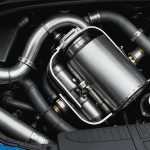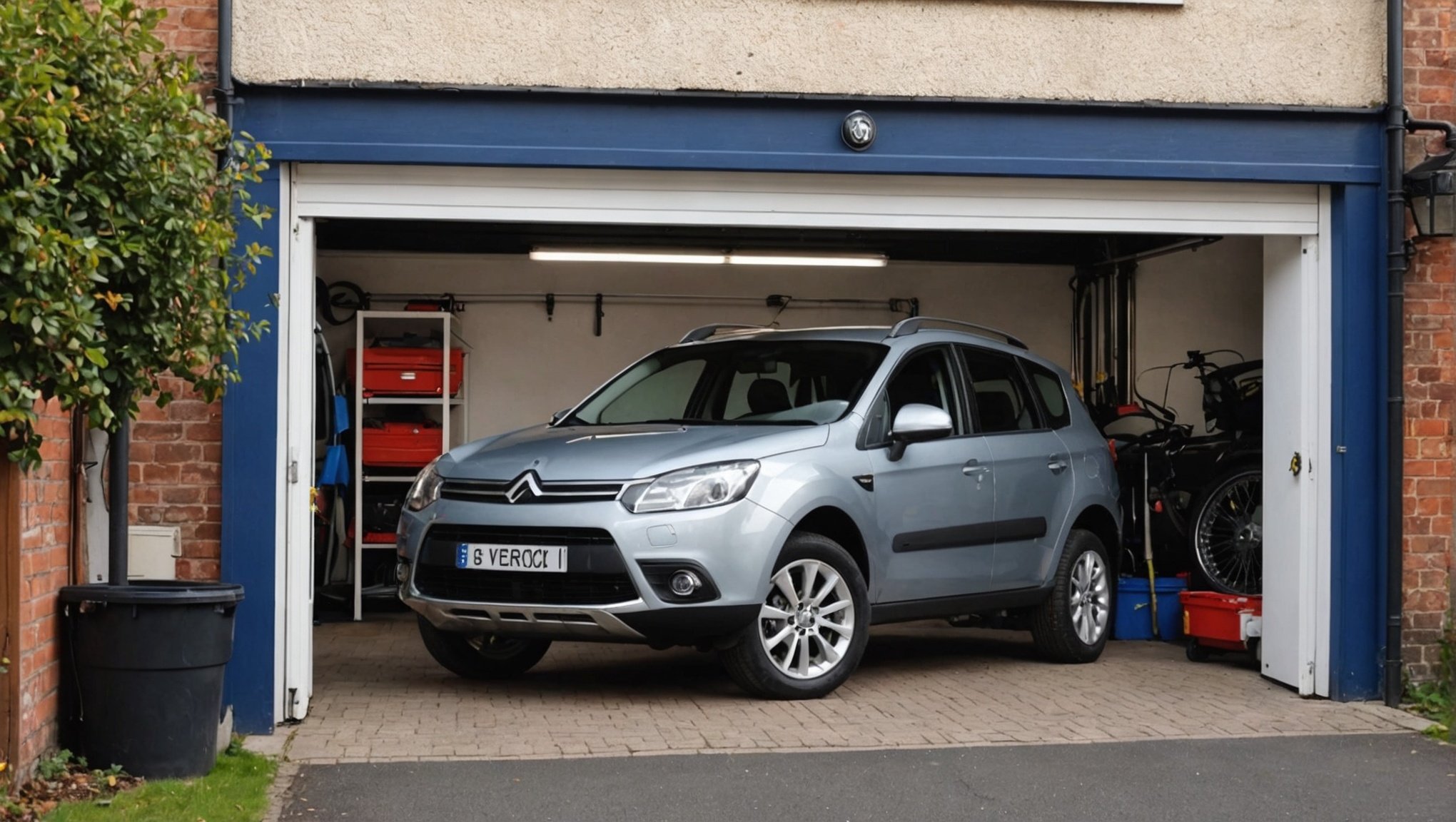With the rise in home mechanics and car enthusiasts, the installation of car lifts in home garages has become increasingly popular. However, like any piece of lifting equipment, a car lift must meet specific legal requirements to ensure safety and compliance with UK regulations. This article aims to provide comprehensive and detailed information about the legal requirements for installing a car lift in a UK home garage.
Understanding Car Lifts and Their Types
Car lifts, also known as vehicle lifts, are essential for both commercial garages and home enthusiasts. They make it possible to lift vehicles off the ground for inspection, maintenance, and repairs.
Also to discover : What are the requirements for driving a left-hand drive vehicle in the UK?
There are several types of car lifts available on the market, each suited to different needs and spaces. Post lifts are one of the most common types. A post lift can be a two-post or four-post lift, and they provide stability and easy access to the vehicle’s underside. Scissor lifts are another popular option, especially for home garages with limited space. Scissor lifts are compact and can be easily stored when not in use.
Each type of car lift has its specific installation requirements and safety considerations. Regardless of the type, ensuring the lift is compliant with UK regulations is crucial for safety and functionality.
Additional reading : How to choose the best car insurance for young drivers in the UK?
Legal Regulations for Car Lift Installation
When installing a car lift in a home garage in the UK, several legal regulations must be observed to comply with health and safety standards. The Health and Safety at Work etc. Act 1974 and the Lifting Operations and Lifting Equipment Regulations 1998 (LOLER) are two of the primary pieces of legislation governing the use of lifting equipment.
The Health and Safety at Work etc. Act 1974
This act places a duty on employers and self-employed persons to ensure, so far as is reasonably practicable, the health, safety, and welfare of all employees and others who may be affected by their work activities. While this is primarily aimed at businesses, homeowners who install car lifts must also consider these principles to ensure the safety of themselves and others.
Lifting Operations and Lifting Equipment Regulations 1998 (LOLER)
LOLER specifically addresses lifting equipment and operations. It requires that any lifting equipment used at work is safe, properly maintained, and thoroughly examined at regular intervals. For a home garage, this means ensuring that the car lift you install is safe to use and inspected regularly by a competent person.
Building Regulations
Building regulations in the UK also impact the installation of car lifts. The installation must comply with Part A (Structure) and Part B (Fire Safety) of the Building Regulations. This includes ensuring that the garage structure can support the weight of the lift and the vehicle, and that there are adequate fire safety measures in place.
Selecting and Installing Car Lifts
Choosing the right car lift and ensuring proper installation is crucial. It involves selecting suitable products, understanding space requirements, and following installation guidelines.
Choosing the Right Car Lift
When selecting a car lift for your home garage, consider the type of vehicle you will be lifting, the available space, and the lift’s capacity. Two-post lifts are ideal for general vehicle maintenance, while four-post lifts are better suited for longer-term storage and heavier vehicles. Scissor lifts offer a compact solution, ideal for garages with space constraints.
Installation Process
The installation process of a car lift involves several steps:
- Site Preparation: Ensure the garage floor is level and robust enough to support the lift and vehicle. This may involve reinforcing the floor or installing a new concrete base.
- Positioning the Lift: Position the lift according to the manufacturer’s guidelines. Maintain adequate space around the lift for safe operation and access to the vehicle.
- Electrical Requirements: Most car lifts require a dedicated electrical supply. Ensure the electrical installation is carried out by a qualified electrician.
- Safety Features: Install all safety features, such as locks and limit switches, according to the manufacturer’s instructions.
- Thorough Examination: After installation, conduct a thorough examination of the lift by a competent person to ensure it meets all safety standards and regulations.
Maintenance and Inspection of Car Lifts
Once installed, maintaining and inspecting your car lift is essential to ensure its longevity and safety. Regular maintenance and inspection are required under LOLER to keep the lift in good working condition.
Regular Maintenance
Follow the manufacturer’s maintenance schedule, which typically includes:
- Lubrication: Regularly lubricate moving parts to ensure smooth operation.
- Hydraulic Fluid: Check and replace hydraulic fluid as recommended.
- Inspection of Parts: Inspect cables, chains, and other critical components for wear and tear.
Thorough Examination
A thorough examination of the car lift should be carried out at least once a year by a competent person. This examination should include:
- Structural Integrity: Check the structural integrity of the lift and its anchoring to the garage floor.
- Safety Mechanisms: Test all safety mechanisms, such as locks and limit switches.
- Load Test: Conduct a load test to ensure the lift can safely support the maximum weight.
Record Keeping
Maintain a record of all maintenance and inspection activities. This is not only good practice but also a requirement under LOLER. Keeping detailed records will help ensure the lift remains safe and operational.
Ensuring Compliance with MOT Regulations
If you plan to use your home garage for MOT testing, additional regulations must be observed. The MOT Testing Guide outlines specific requirements for MOT bays, including the type of lifting equipment used.
MOT Bay Requirements
An MOT bay must meet specific requirements, including:
- Approved Equipment: Use approved lifting equipment that meets the required standards.
- Space Requirements: Ensure sufficient space around the lift for safe operation and access.
- Competent Person: Ensure all inspections and examinations are conducted by a competent person.
Using Approved Products
Using products and equipment that are approved and meet the required standards is essential for compliance. This includes car lifts, compressors, and other garage equipment.
Installing a car lift in a UK home garage involves understanding and complying with several legal requirements to ensure safety and functionality. From selecting the right type of lift to adhering to LOLER and MOT regulations, each step is crucial. By following proper installation guidelines, conducting regular maintenance and inspections, and ensuring compliance with all relevant regulations, you can safely and effectively use a car lift in your home garage.
In summary, installing a car lift in your home garage is a significant investment that can greatly enhance your vehicle maintenance capabilities. However, it also comes with responsibilities, including adhering to legal requirements and ensuring the safety of your lifting equipment. By following the guidelines outlined in this article, you can enjoy the benefits of a car lift while ensuring compliance with UK regulations.
















